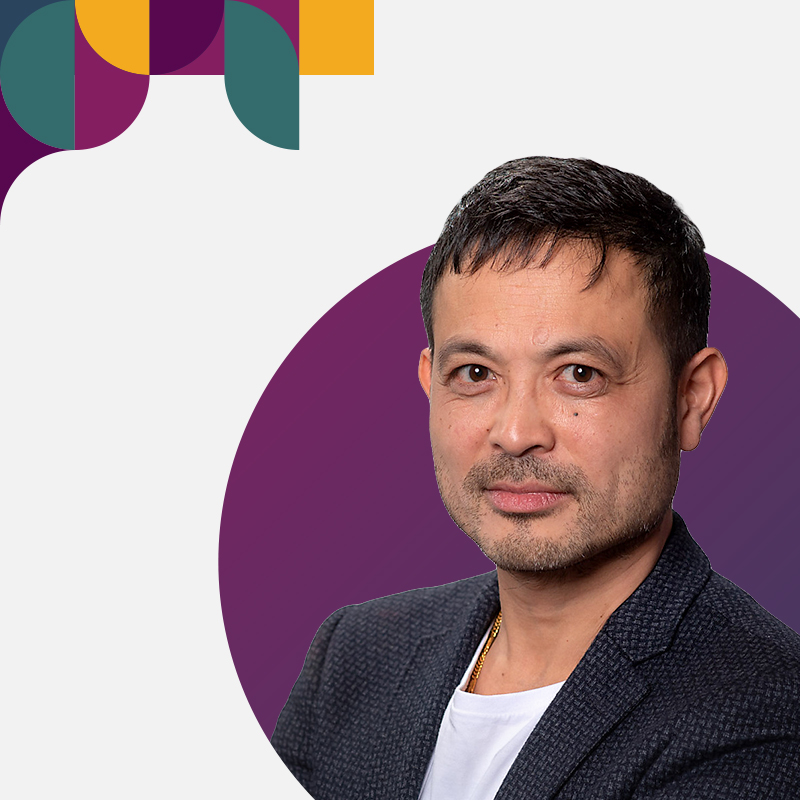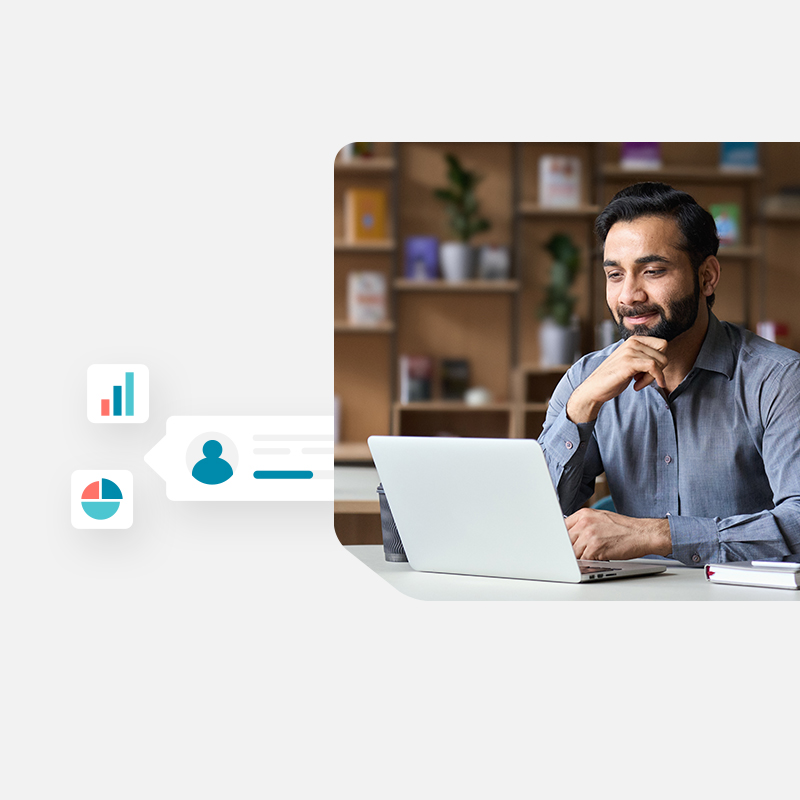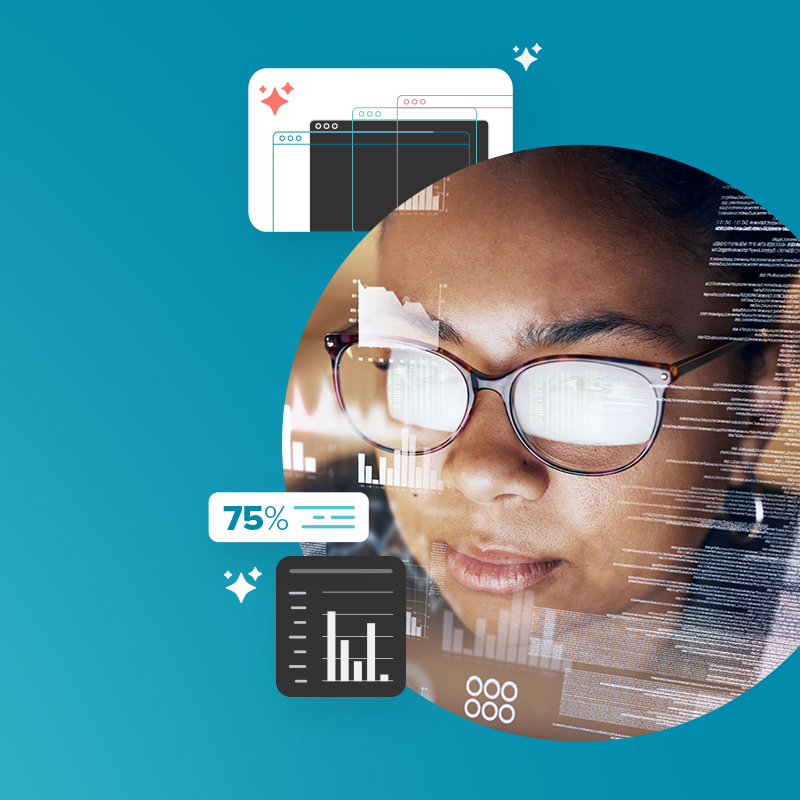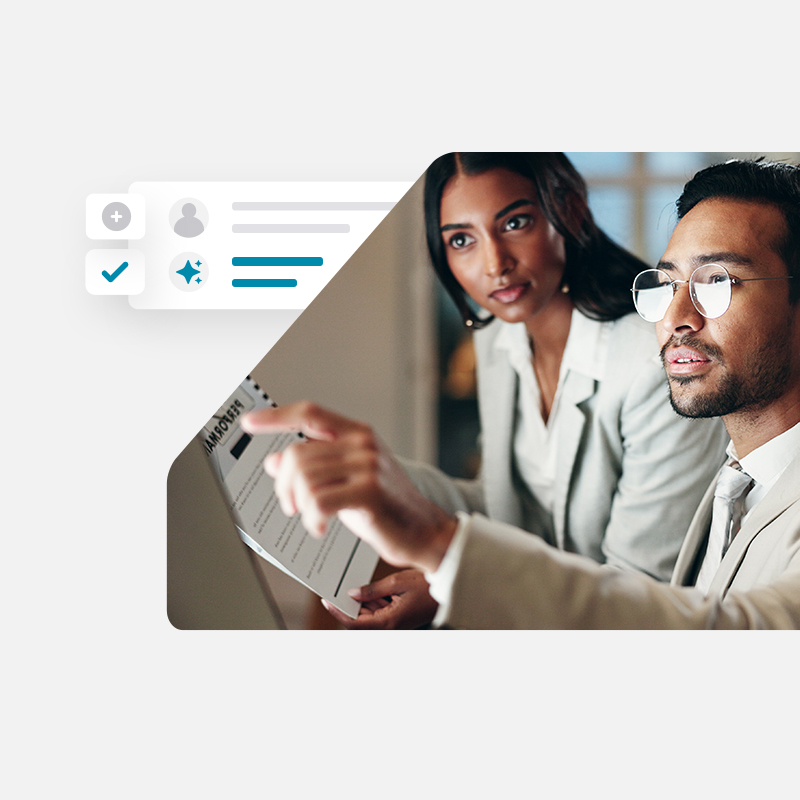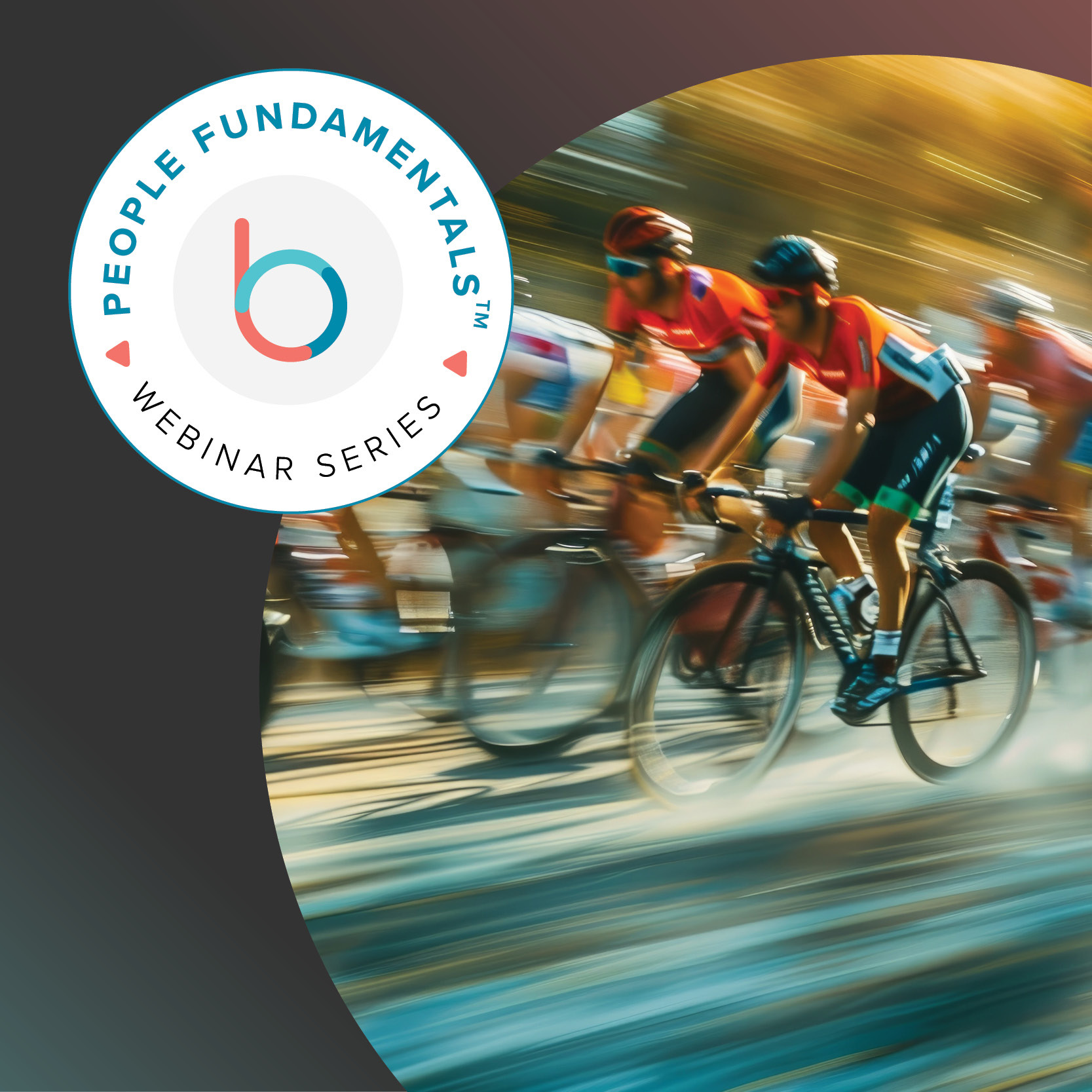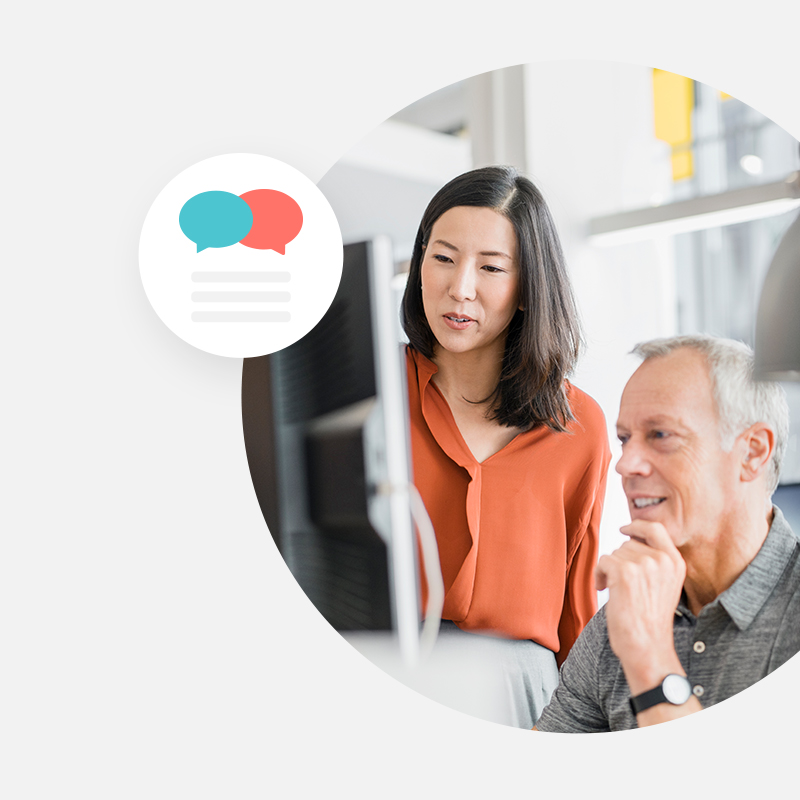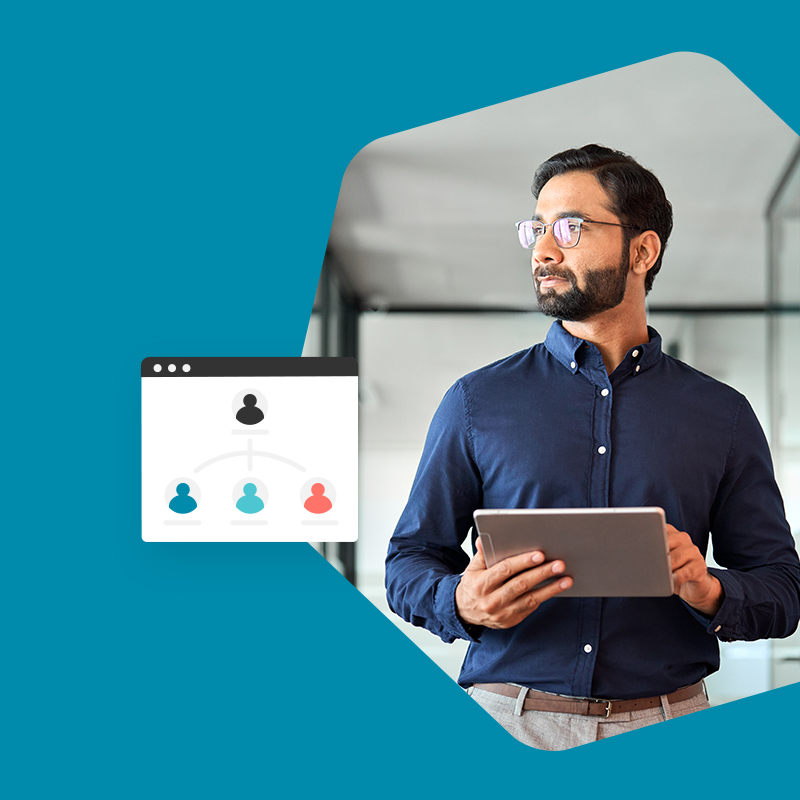As the workplace continues to be transformed by AI and other technology, HR and talent leaders have a critical role to play in adapting to this era of constant change and disruption.
“HR leaders, like every part of business leadership, have the same challenges,” says Hung Lee, veteran HR tech entrepreneur and the voice behind the Recruiting Brainfood newsletter. “How do we optimize? How do we become more productive? How do we really become more efficient?”
Hung will be serving as emcee of Betterworks’ first-ever EmpowerHR Europe. Ahead of the event, I asked him to share his take on how HR leaders can build cultures of agility and resilience.
Embrace the unpredictability of new tech
Artificial intelligence is part of every conversation related to workplace change, and it’s on employees’ minds, too. More than 50% of employees already use generative AI tools at work, according to Betterworks’ report, How the Workforce is Responding to Generative AI Challenges and Responsibilities, regardless of whether their employer has AI policies or how HR feels about it. Betterworks expects in the not-too-distant future that close to 100% of people will use AI to help write performance reviews and feedback, provide manager guidance to coach employees, and assist with other tasks many people don’t enjoy or feel are too time-consuming.
But leaders have been slower to adopt AI into their workflows, Hung says, which he believes is a missed opportunity. “How can we use this general-purpose technology to really redesign and reinvent some of the processes that we’ve been conventionally very used to?” Hung asks. “We’re at the stage now where I think we want to do it — we have to do it.”
The key to getting started with AI personally and in your business is to experiment, Hung says. It’s true that strategic planning benefits from a predictable environment. But transformational technology like AI is “going to change things in ways we can’t predict,” Hung says.
“Just dive right in. It’s kind of like learning how to swim by reading a manual on how to do it. It could be that Michael Phelps has written a book on how to swim, but you know what? Anybody is going to be better simply by diving into the pool.”
Find some immediate use case for yourself, Hung says, and set a time frame for small experiments to familiarize yourself with AI’s capabilities. “You’ll emerge, after that short period, with a much clearer idea as to how you want to implement it as a policy in your business,” he says. From there, you can build structure around the types of data you feed into AI tools, and how to use each tool in the flow of work.
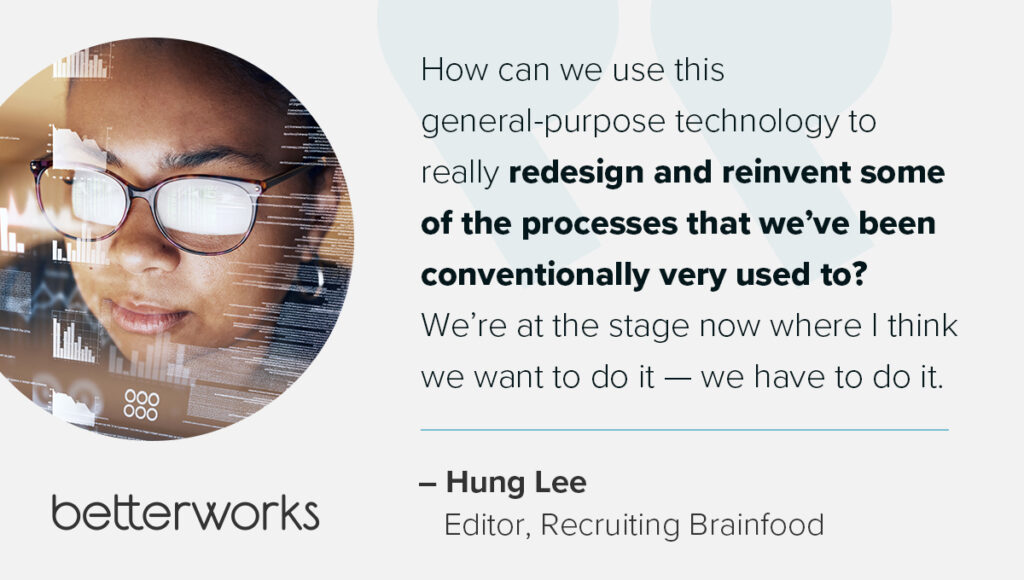
Train for agility
Building organizational agility is like building physical and mental agility, says Hung, in that small actions over time lead to big results. For example, walking a certain route helps your brain get accustomed until you don’t think about it at all. Intentionally walking a different route, by contrast, can promote responsiveness.
“You do it differently, you change the inputs into your brain, and you force your brain to essentially be more alert as to what is happening in your environment,” Hung says. “That is training for agility; that’s training for resilience.”
You can run controlled experiments that build workforce agility by disrupting protocols and “business-as-usual” environments. “If you want to train for resiliency, you have to artificially inject some difference into that situation,” Hung says. Find parts of your processes where employees can try new tools or ways of working. Encourage them to share their ideas and perspectives. The more comfortable employees are with trying new things, the better they’ll respond to change.
Shifting to remote work during the pandemic, for example, was a shock to many organizations, but less so to those accustomed to high rates of change. “Different companies responded at different speeds,” Hung says.
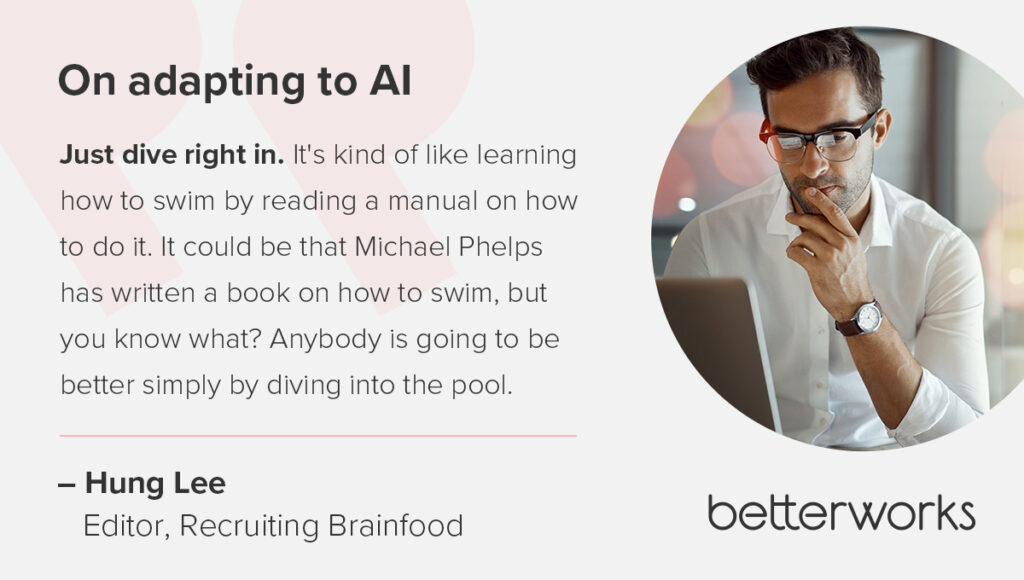
Double down on empathy
High-magnitude changes are becoming more common in business, and HR leaders need to consider the toll on employees. “One of the management challenges that we have, from an HR perspective,” Hung says, “is how do we make the team resilient, get them used to these dramatic changes, but also very closely monitor how that’s affecting their mental health?”
As the pace of change increases, so will job stress and burnout. Employees are looking for stability, but “we’re not going to get a sense of peace,” Hung says. Be empathetic to how change affects employee mental health even as you encourage employees to practice agility in the flow of work.
With the right support, disruption provides opportunities for employees to learn and grow. “It’s going to be super-interesting, challenging times,” Hung says, “but I think we’ll emerge from it really strengthened by adversity.”
Want to learn more? Register for EmpowerHR Europe to hear more from Hung on how to lead your workforce through change.
Join us online for EmpowerHR Europe
